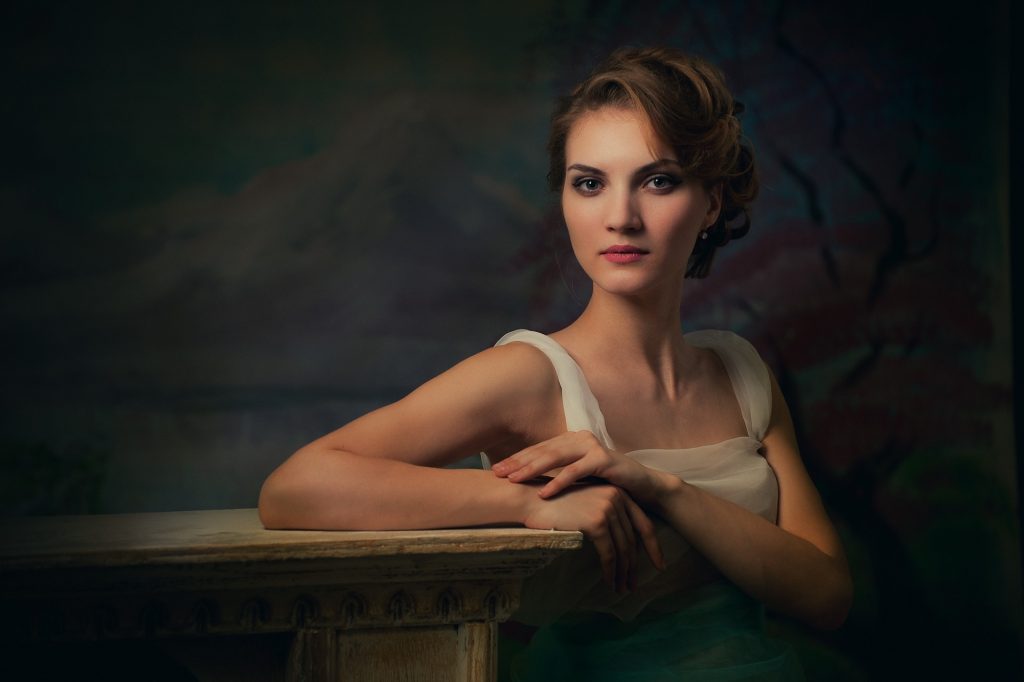
Photography lighting is an essential aspect of taking great photographs. Whether you’re a professional photographer or just starting out, understanding how to properly use light can make a huge difference in the quality of your photos. Let’s explore the basics of photography lighting and how to use it to create beautiful, well-exposed photographs.
One of the most important things to understand about photography lighting is the concept of exposure. Exposure refers to the amount of light that reaches the camera’s sensor. If there is too little light, the photo will be underexposed and appear too dark. If there is too much light, the photo will be overexposed and appear too bright. Achieving the correct exposure is essential for creating a well-lit photograph.
One of the ways to control exposure is by adjusting the aperture of your camera. The aperture is the opening in the lens that controls the amount of light that enters the camera. A wide aperture (such as f/1.8) allows more light in, while a narrow aperture (such as f/16) allows less light in. By adjusting the aperture, you can control the exposure of your photograph.
Another way to control exposure is by adjusting the shutter speed of your camera. The shutter speed is the amount of time that the camera’s sensor is exposed to light. A fast shutter speed (such as 1/1000th of a second) will freeze motion and reduce the amount of light that enters the camera, while a slow shutter speed (such as 1/30th of a second) will allow more light in and create a blur effect.
In addition to controlling exposure, lighting can also be used to create different moods and effects in your photographs. For example, using a single light source (such as a window or a lamp) can create a dramatic and moody effect, while using multiple light sources (such as a combination of natural and artificial light) can create a more balanced and natural look.
When it comes to photography lighting, the key is to experiment and play around with different techniques and settings to find what works best for your particular situation. Whether you’re a professional photographer or just starting out, understanding how to properly use light is an essential part of taking great photographs.